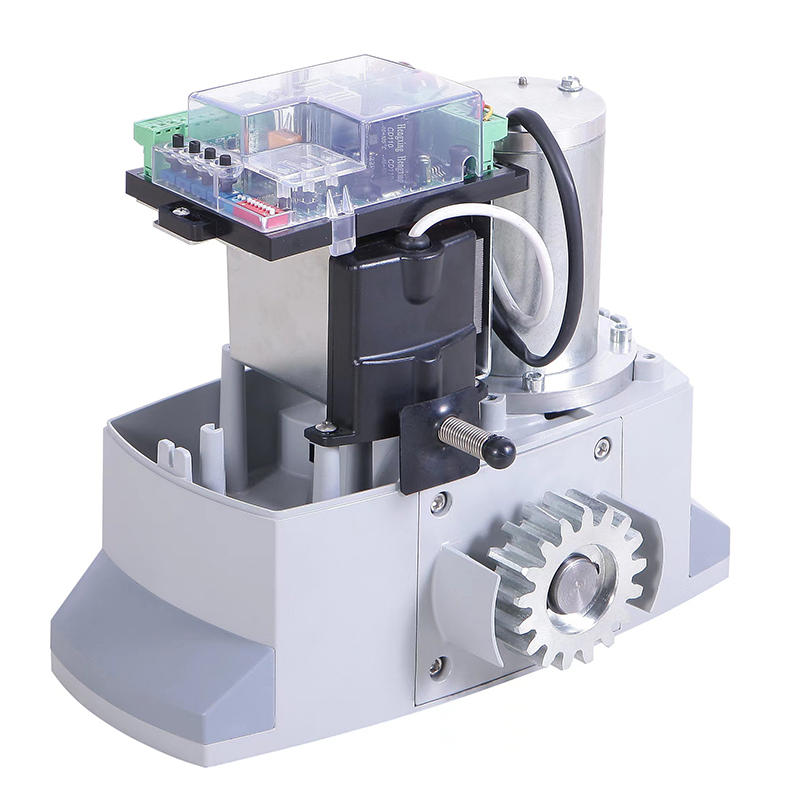Automatic gate openers have become increasingly popular in residential and commercial settings, offering convenience, security, and efficiency. These systems are designed to automate the process of opening and closing gates, providing users with seamless access control. To better understand how these systems operate, let's delve into the key components that make up an automatic gate opener system.

1. Gate Operator:
At the heart of any automatic gate opener system is the gate operator, also known as the gate motor or opener. This motorized device is responsible for the actual movement of the gate. Gate operators come in various types, including slide gate operators and swing gate operators, each tailored to specific gate configurations.
2. Control Panel:
The control panel acts as the brain of the automatic gate opener system. It receives signals from the user, whether through remote controls, keypads, or other access control devices, and processes these signals to operate the gate motor accordingly. Advanced control panels may also include programmable features and diagnostic tools for system monitoring.
3. Access Control Devices:
Automatic gate opener systems offer a range of access control devices to regulate entry. These can include remote controls, keypads, card readers, intercom systems, and even smartphone apps. These devices allow users to conveniently and securely open or close the gate from a distance.
4. Safety Features:
Safety is paramount in automatic gate opener systems. Various safety components are integrated to prevent accidents or damage. Photoelectric sensors, for example, detect obstacles in the gate's path and can reverse the gate's movement to avoid collisions. Some systems also include safety loops embedded in the driveway to detect the presence of vehicles.
5. Emergency Release Mechanism:
In case of power outages or system failures, an emergency release mechanism allows manual operation of the gate. This feature ensures that users can still access or secure their property even when the automatic system is temporarily incapacitated.
6. Power Supply:
Automatic gate openers require a stable and reliable power source. Most systems are powered by electricity, but some may have backup options such as battery systems or solar panels. The choice of power supply depends on factors like location, accessibility, and the user's preference for sustainability.
7. Gate Tracks and Rollers:
These physical components are crucial for the smooth operation of sliding gate openers. The gate tracks guide the gate's movement, while rollers help reduce friction and facilitate a quieter and more efficient operation.
8. Remote Monitoring and Connectivity:
Modern automatic gate opener systems may feature remote monitoring capabilities, allowing users to check the status of their gate and receive notifications on their smartphones. This connectivity can enhance security and provide peace of mind, especially for those who travel frequently.
Conclusion:
In conclusion, the key components of an automatic gate opener system work in harmony to deliver a secure, convenient, and reliable access control solution. From the motorized gate operator to advanced control panels and safety features, these components collectively contribute to the efficiency and effectiveness of automatic gate systems, making them an integral part of modern security and property management.